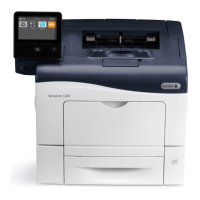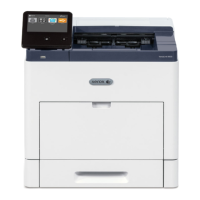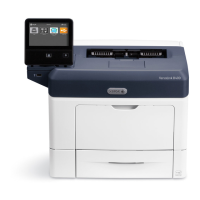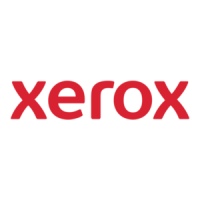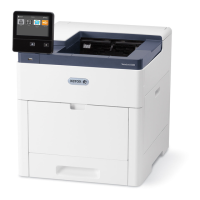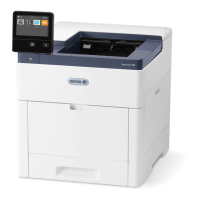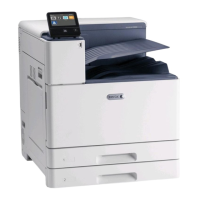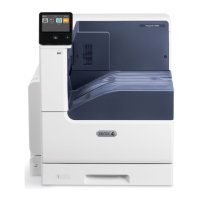4. Click OK.
5. If a confirmation message appears that prompts you to restart the printer, click Change.
User Database
The user database stores user credential information. The printer uses this information for local
authentication and authorization, and for Xerox
®
Standard Accounting. When you configure local
authentication, the printer checks the credentials that a user provides against the information in the
user database. When you configure local authorization, the printer checks the user database to
determine which features the user is allowed to access.
Note: User names and passwords stored in the user database are not transmitted over the
network.
Adding User Information to the User Database
To add user information to the user database, refer to Creating a User Account and Editing the
Account Settings for Individual Users.
SSeettttiinngg tthhee NNeettwwoorrkk LLooggiinn MMeetthhoodd
1. In the Embedded Web Server, log in as administrator, then click Permissions→Login/Logout
Settings.
2. For Network, click Select.
3. Select an authentication protocol, then click Next.
4. Configure the authentication protocol, then click Done.
• For details on configuring the Kerberos (Windows ADS) protocol, refer to Configuring
Authentication Server Settings for Kerberos.
• For details on configuring the SMB (Windows ADS) protocol, refer to Configuring
Authentication Server Settings for SMB.
• For details on configuring the LDAP protocol, refer to Configuring Authentication Server
Settings for LDAP.
5. If a confirmation message appears that prompts you to restart the printer, click Change.
Configuring Authentication Server Settings for Kerberos
1. On the Network Login window, select Kerberos (Windows ADS), then click Next.
2. In the Default Server area, for Realm, type the domain or realm for your authentication server.
3. In the Default Server area, for Server Address, type the IP address and port number for your
authentication server.
4. For each alternate server, as needed, type the domain or realm and the server address.
5. To remove an alternate server from the list, click the Trash icon.
6. When you have entered information for all servers, click Done.
Xerox
®
VersaLink
®
Series Multifunction and Single Function Printers
System Administrator Guide
71
Security
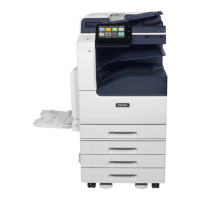
